- We do overnight delivery and you will have your package the next day morning by 10 am within the US.
- Our Pharmacy offer guaranteed delivery with a tracking number.
- We do discrete packaging and our delivery is safe and secured.
- Customer privacy and identity is respected above all.
- reshipment from the same/different manufacturer or a full refund depending on the case.
Buy DiacetylMorphine USA, DiacetylMorphine For sale UK, Canada, EU, Where to buy DiacetylMorphine

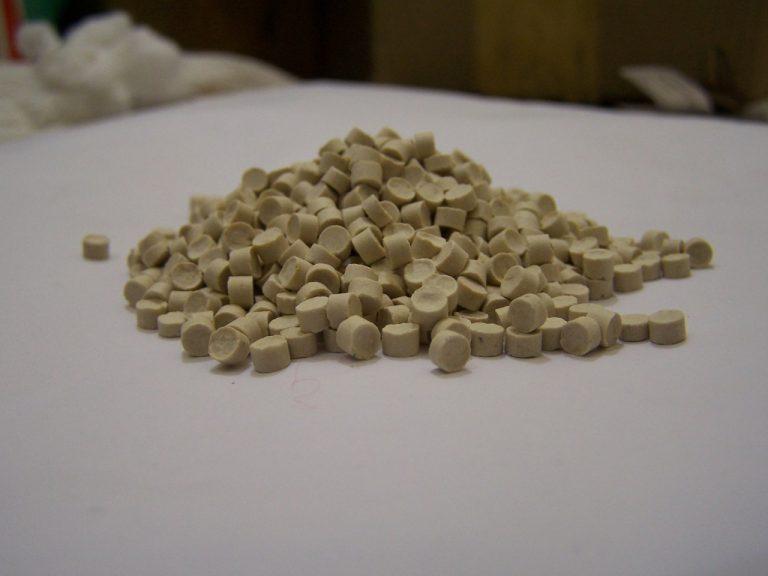

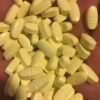

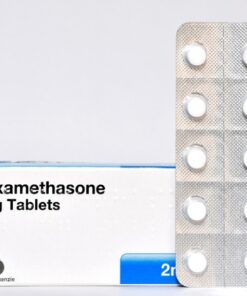
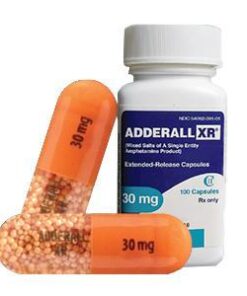
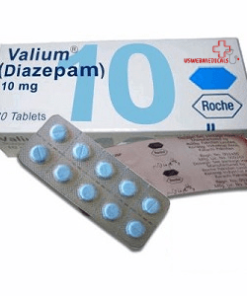
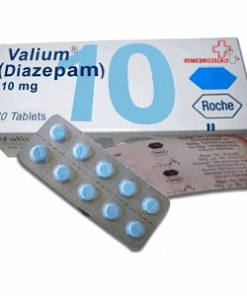


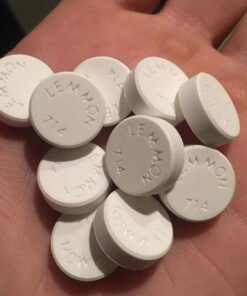
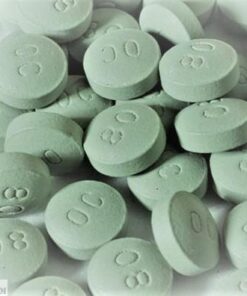
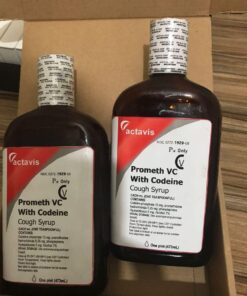
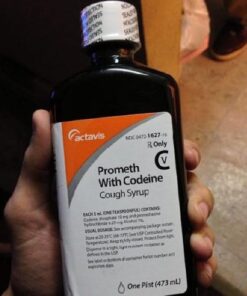
 WhatsApp us
WhatsApp us
Reviews
There are no reviews yet.